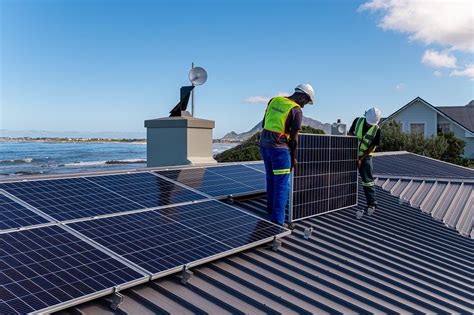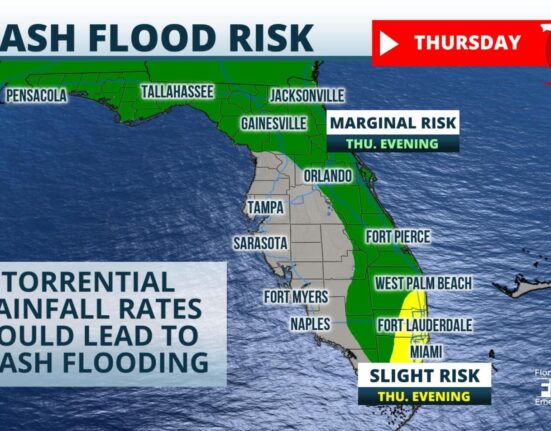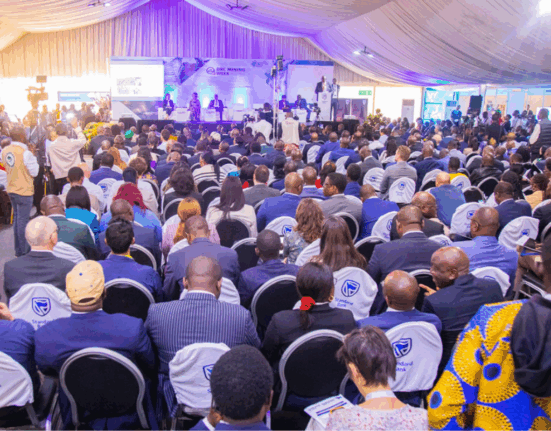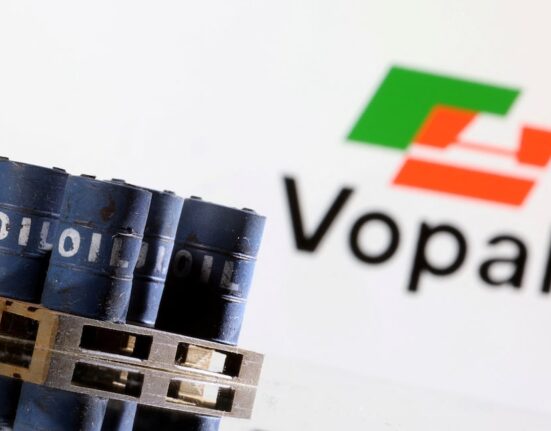The sun beats down relentlessly on the vast plains of Zambia, a country grappling with its worst drought in 40 years. The once-mighty Zambezi River now runs shallow and weak, unable to power the nation as it has done for decades. The Kariba North Bank Power Station, Zambia’s main hydropower plant, stands idle as live water storage levels plummeted to a mere 8% last August.
As the shadows of loadshedding loom large over communities, plunging them into darkness for up to 21 hours a day, the Zambian government is forced to seek alternatives. In this pivotal moment, solar energy emerges as a beacon of hope amid the crisis.
With nearly half of Zambia still living without electricity, the World Bank points towards solar home systems and mini-grids as transformative solutions. These technologies hold the promise of illuminating the lives of 8.5 million Zambians who have long been shrouded in darkness.
The Shift Towards Solar
“The recent droughts have exposed the vulnerabilities of our heavy reliance on hydropower,” remarks Makozo Chikote, Zambia’s Minister of Energy. Determined to bring light to every corner of the nation, Chikote unveils ambitious plans to establish 200 solar mini-grids by 2030. His vision? To ensure that every rural district in Zambia basks in clean, affordable electricity.
Overcoming Obstacles
Yet, transitioning from hydropower to solar comes with its own set of challenges. Developers grapple with technical complexities and financial hurdles along their path towards electrifying remote populations. As discussions unfold at a recent conference organized by key stakeholders, including COMESA and AMDA, industry players converge to tackle these barriers head-on.
A Vision for Prosperity
Achim Fock, World Bank Country Manager for Zambia impassions about “Mission 300,” an audacious initiative aimed at connecting 300 million people across Sub-Saharan Africa to electricity by 2030. Within this grand tapestry lies Zambia’s narrative — a story of resilience amidst adversity.
Amidst these efforts lies hope for a brighter tomorrow as development projects like the Electricity Services Access Project (ESAP) and the Zambia-Tanzania Interconnector Project (ZTIP) take shape on Zambian soil. These endeavors aspire not just to illuminate homes but also spark economic growth and uplift communities mired in despair.
Navigating Nature’s Wrath
While progress unfurls within meeting rooms and project sites alike, nature continues its relentless dance outside human realms. The United Nations Office for Coordination Humanitarian Affairs paints a grim picture — failed crops echo hunger’s haunting cry while parched lands yearn for life-sustaining waters.
In this struggle against nature’s fury stands Lillian Manjimela—a smallholder farmer whose beekeeping endeavors offer more than just sustenance; they embody resilience amidst chaos. Her story mirrors that of countless individuals across Zambia fighting against all odds for survival and prosperity.
A Glimmer Amidst Drought
Despite these trials and tribulations – hope trickles back slowly like raindrops on arid soil…literally so! Recent reports indicate an uptick in hydropower output with increased water allocations from the Zambezi River Authority offering solace amidst uncertainty.
The Kariba Dam seems poised for resurgence as water levels show signs of recovery following improved rainfall activity in its catchment area. The announcement brings relief not just to power utilities but also whispers promises of newfound strength echoing across communities long battered by nature’s whims.









Leave feedback about this